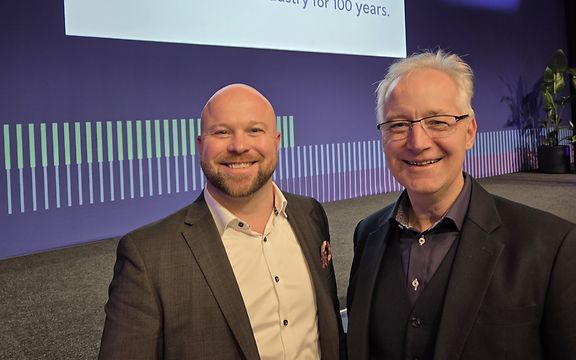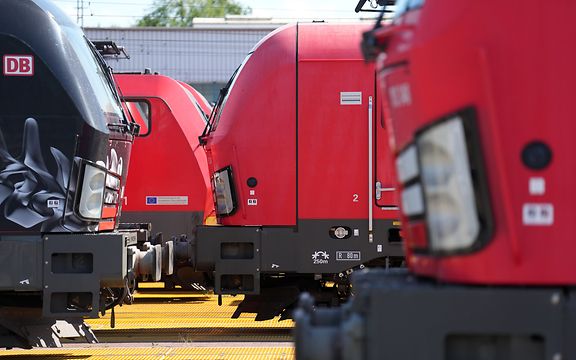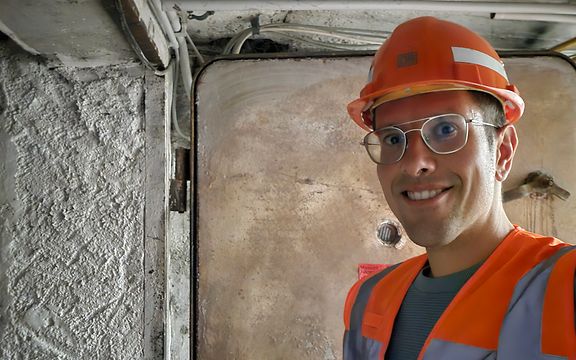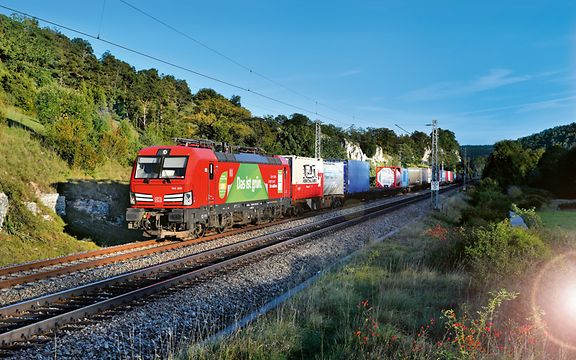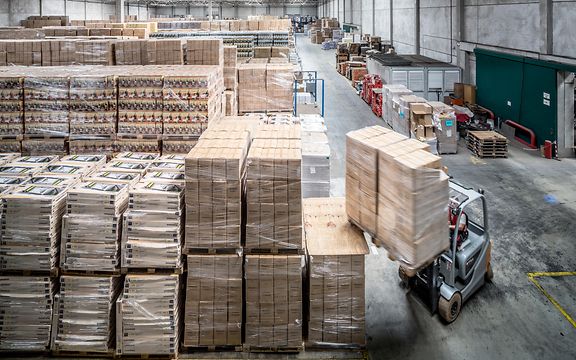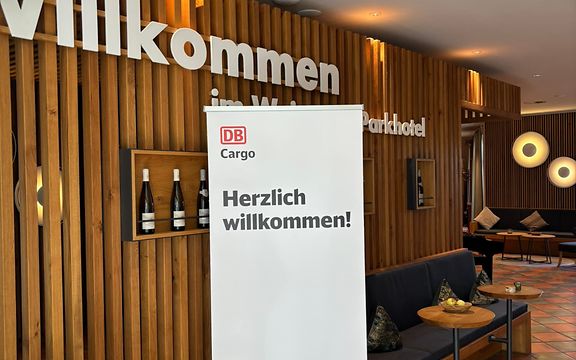Spotlight: How does co-leadership work at DB Cargo Logistics?
Interview with Ina Schollen and Christine Middendorf.
The world of work has been undergoing a major transformation for some years now. DB Cargo Logistics has kept abreast of the changes by offering its employees modern working (time) models. Among those to benefit are Ina Schollen and Christine Middendorf, who have not only opted for part-time work, but also for a very special work-sharing arrangement. Not only do the two share a single full-time position, but they have also been managing the Customer Solutions 2 Outbound team in the automotive division for a little over a year. They explain how this came about and how co-leadership works for them.
Ina and Christine, how did you end up sharing a management role?
CM_ Actually, our HR department set the whole process in motion. I was already interested in the idea of women in leadership, on a full or part-time basis, and Ina was still on parental leave at the time. Then our direct line manager raised the possibility with us. We were both really keen on the idea and saw it as a sign of confidence and appreciation that we were trusted and being given the opportunity to lead a team.
IS_ We found it hard to imagine how a part-time management position could work, especially in sales. But co-leadership has turned out to be an ideal solution that works really well.
How exactly does co-leadership work?
IS_ It's quite simple, really. We jointly occupy one role while each working 65 percent of normal full-time hours. The resulting overlap means that we are available five days a week and that our customers can reach us every working day.
CM_ We opted for the "full-share" model of co-leadership. In other words, we don't divide up different areas of work between us – that would be shared leadership. Instead, we are both equally at home with and capable of making decisions on any matter that arises. Either one of us can take on any task at any time and we can cover for each other 100 percent. It's as if we were just one manager.
How do you organise your day-to-day activities?
CM_ This type of sharing model can only work if there is good organisation, structure and communication. We have a shared e-mail address, for example, and we also share an appointment calendar and a notebook.IS_ We document every meeting and appointment in full. This keeps us on the same page and allows us to do our bit for knowledge transfer within the company. Even though we both work part time, we are better placed than just one person in terms of availability – another plus point for our customers.
How do you deal with meetings or major decisions?
IS_ We handle selected customer meetings or key management tasks together. For example, we conduct performance reviews together if the employees agree to it. This allows us to introduce different points of view and provide more valuable feedback than if we were to conduct the reviews solo.
CM_ Because we follow the two-person rule, our decisions are very well thought out. For the sake of efficiency, we deal with minor appointments or tasks on our own. While it's important to trust each other and share the same values, it's just as important to leave room for differences.
Profile – Ina and Christine
What appeals to me most about my job:
IS_ It never gets boring! Not only does our role bring us into close contact with customers along with our employees, but we also have a close relationship with the different departments at DB Cargo.
CM_ What I enjoy most about my role as team leader is working with my co-leader Ina and our employees on a daily basis to tackle the big and small challenges of our customers in the automotive industry and develop sustainable (rail) solutions together.
The biggest challenges in my job:
IS_ I think that the biggest challenge at the moment is to manage the conflicting priorities between internal and external requirements and always come up with the best possible (transport) solution. I think that the co-leadership model makes a valuable contribution here too. Because we always let our ideas and decisions pass through two sets of hands – or two heads – they are more well-founded as a result.
CM_ The daily balancing act between career and family is probably my biggest personal challenge, so thankfully, both the co-leadership model and the working time model at DB Cargo Logistics offer me the greatest possible degree of flexibility. You also have to stay positive when times are hard and bring this positive mood and motivation into the team.
This type of work-sharing was uncharted territory for both of you. How did you prepare for co-leadership?
CM_ Our co-leadership was also a pilot project for DB Cargo Logistics. That's why we initially took advantage of the coaching offered as part of the onboarding programme for our job-sharing arrangement. This coaching was a key factor in our success. We engaged very actively with the new working model and jointly defined clear rules for ourselves.
What qualities do you think are important for successful co-leadership? What could lead to conflicts?
IS_ We're lucky in that we are compatible as people and our strengths and weaknesses complement each other. We had never worked together before and only knew each other from bumping into each other in the corridor or at lunch. There could be potential for conflict if, for example, one of us has put a lot of work into preparing a customer presentation and the other then attends the appointment and gives the presentation. With this working arrangement you just stand out less as an individual, which means that sometimes one person ends up taking credit for the other person's work.
CM_ You definitely have to be a real team player and be willing to compromise and put your own ego to one side. And you also need a partner who is a good fit on a personal level. We grew into the role together and have grown together while in the role.
And what do your customers think about the working model?
IS_ The response from our customers has been very positive. Availability in particular has improved significantly. The feedback, including from our team, is very important to us and confirms that this is exactly the right way to go.


